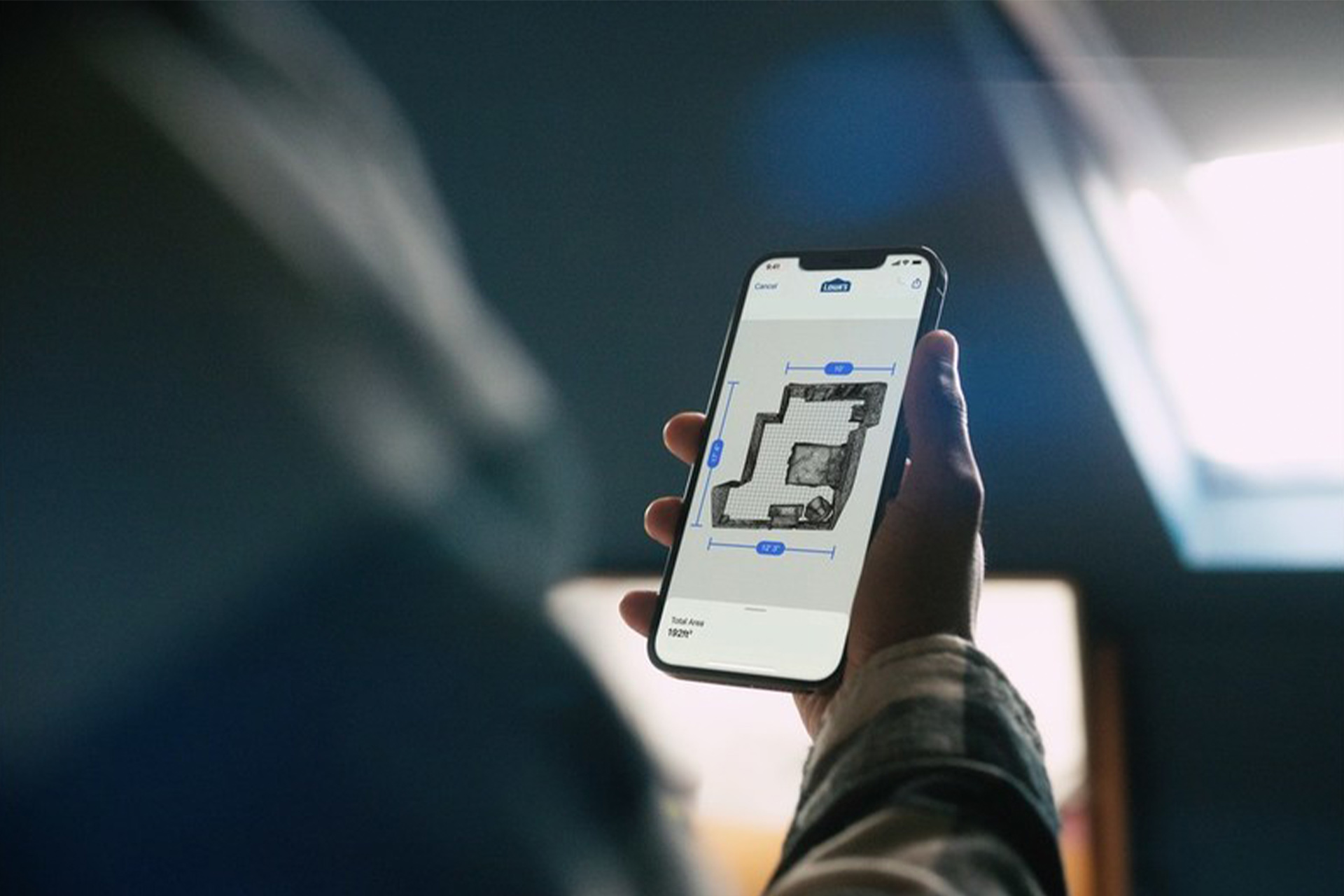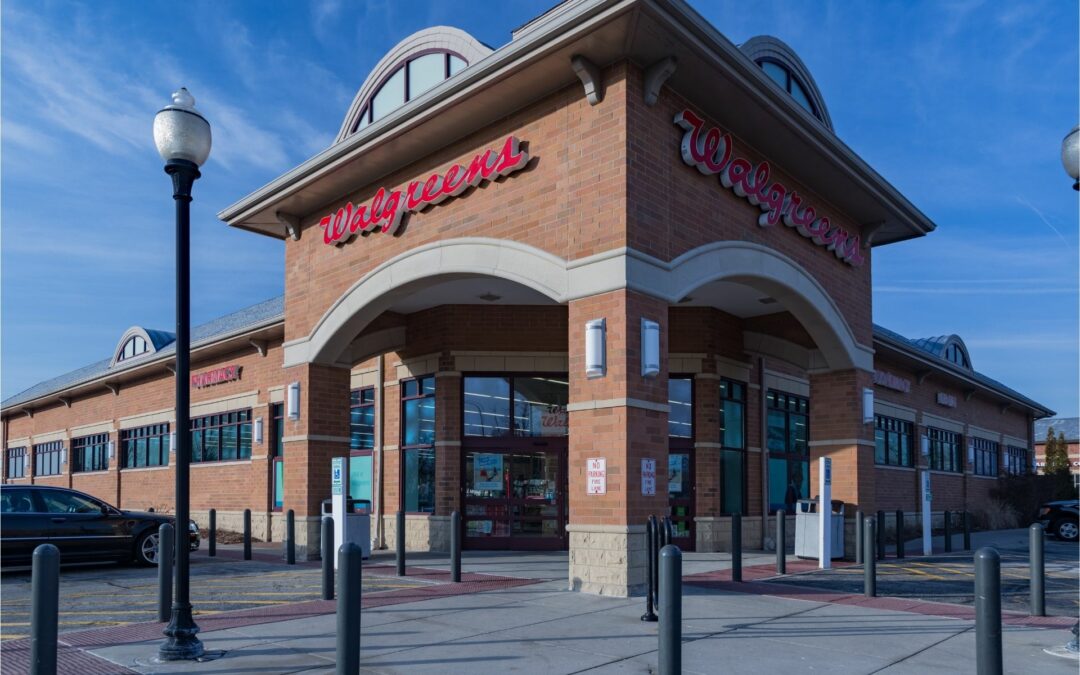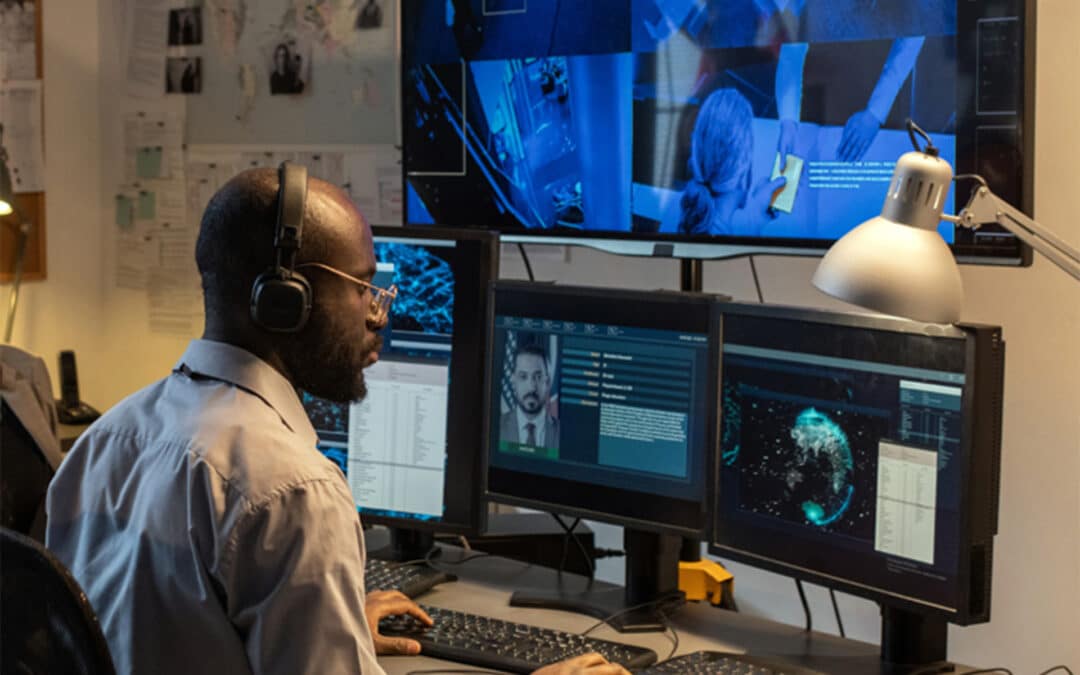In another application of technology developed to drive retail sales, Lowe’s Cos. is preparing to launch the Measure Your Space(BETA), an end-to-end room scanning, measurement and estimate capability in the Lowe’s iOS app that relies on LiDAR to generate home remodeling data on iPhones and iPads that have the scanning technology installed.
The Measure Your Space(BETA) tool in the company’s app is a glimpse into what Lowe’s describes as its vision for spatial commerce, a future where emerging technologies put home data at customer fingertips.
With the soon to roll out tool consumers can take exact measurements and ensure whatever they’re trying to reconfigure, or fit in a space, will be in the right proportions, Lowe’s maintained. So, in the initial application of the spatial commerce concept, shoppers who are looking to select flooring can press the Measure Your Space(BETA) button on the product detail page of select flooring products in the Lowe’s iOS app. From that point, the app will guide shoppers in scanning a room and automatically generate a floor plan, room measurements and a personalized estimate.
iPhones and iPads that have a LiDAR Scanner use sensors and software to sense depth and map dimensions of a space and the objects in it, Lowe’s noted. The new spatial commerce experience will leverage the technology to generate detailed room measurements. Measure Your Space(BETA) will roll out before the end of the 2022 first quarter in the form of a commercial beta launch available to iPhone 12 Pro/Pro Max, iPhone 13 Pro/Pro Max and iPad Pro users via the Lowe’s iOS app.
“Home improvement can be complex, but at Lowe’s, we’re investing in emerging technologies like LiDAR, AI and mixed reality to make home improvement simple and intuitive,” said Seemantini Godbole, Lowe’s evp and chief information officer, in announcing the Measure Your Space(BETA) launch. “We see a future in which the devices customers already own can sense, understand and compile information about their home, putting it in their hands the moment they need it. We call this future spatial commerce, and we’re excited to bring it to our customers.”





